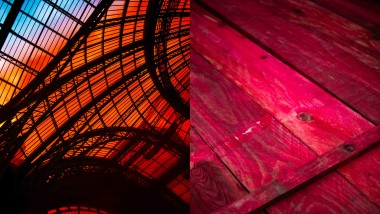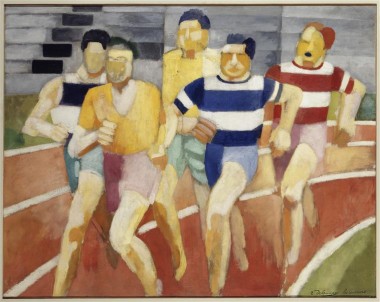
Cartier : conquering the summit
Cartier : conquering the summit
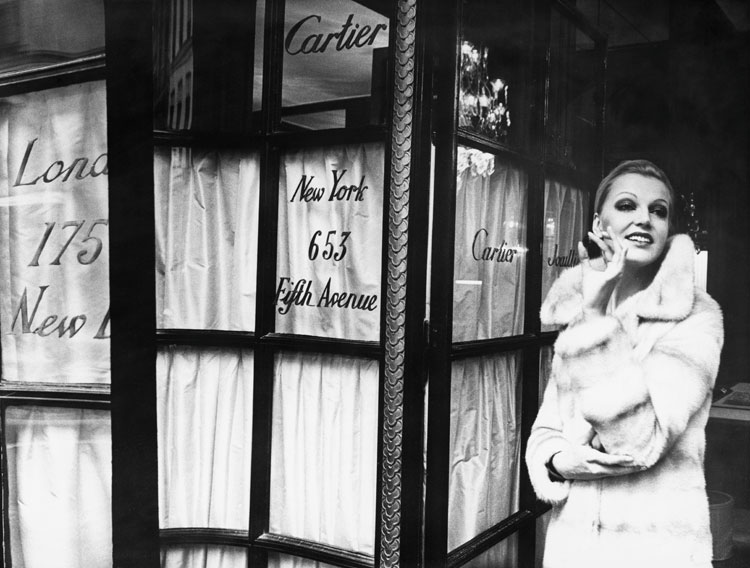
In 1859 he moved to premises on Boulevard des Italiens, known to be a glittery neighborhood. In this shop he and his son Alfred built up a loyal clientele that included not only newly af f luent bus ines smen but also eminent f igures f rom Napoleon III’s court, such as the countess of Nieuwerkerke and, later, Princess Mathilde. Little of the jewelry actually sold by Cartier in the years 1860-1880 has been identified, but the items here demonstrate the eclecticism of that period. As Cartier steadily rose to his status of “jeweler to kings,” cameos and ornamental chains gave way to jewelry in the socalled “garland style.” These lavish pieces, made possible by the discovery of South African diamond mines in the late 1860s, played upon the opulence of the gemstones and stylistic allusions to France’s Ancien Régime.
A firm in the heart of Paris
The opening of new premises at 13 Rue de la Paix in November 1899 was a watershed in the history of the house of Cartier. This move, suggested by Louis Cartier (who entered the firm in 1898), made it possible to meet the growing expectations of a rich, cosmopolitan clientele. Cartier simultaneously established close links to the Worth fashion house, the first great name in haute couture. The Cartier showroom, decorated in a neoclassical spirit, projected the elegant image of the firm itself. Stock was no longer limited by the repertoire of independent suppliers, as had been the case in the 19th century, but was henceforth the fruit of Paris workshops working exclusively for Cartier. House designers, meanwhile, were prompted to seek inspiration from the books and antiquities that Louis Cartier placed at their disposal. The evolution of the Cartier style immediately emerges from the pages of the “notebooks of ideas” in which many little sketches were made.
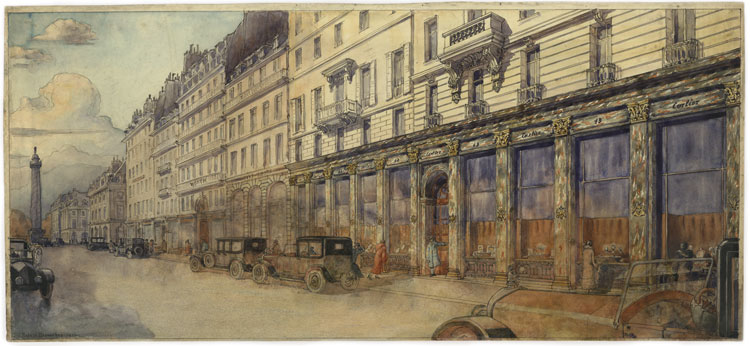


Jeux et expos : de quoi vous amuser pendant les vacances d'hiver !
Article - 8 février 2024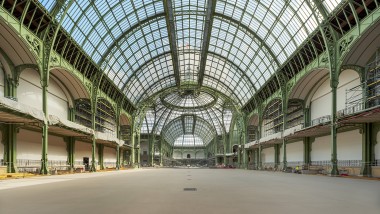
Sous la verrière du Grand Palais, un sol métamorphosé : les coulisses de sa fabrication
Article - 5 décembre 2023